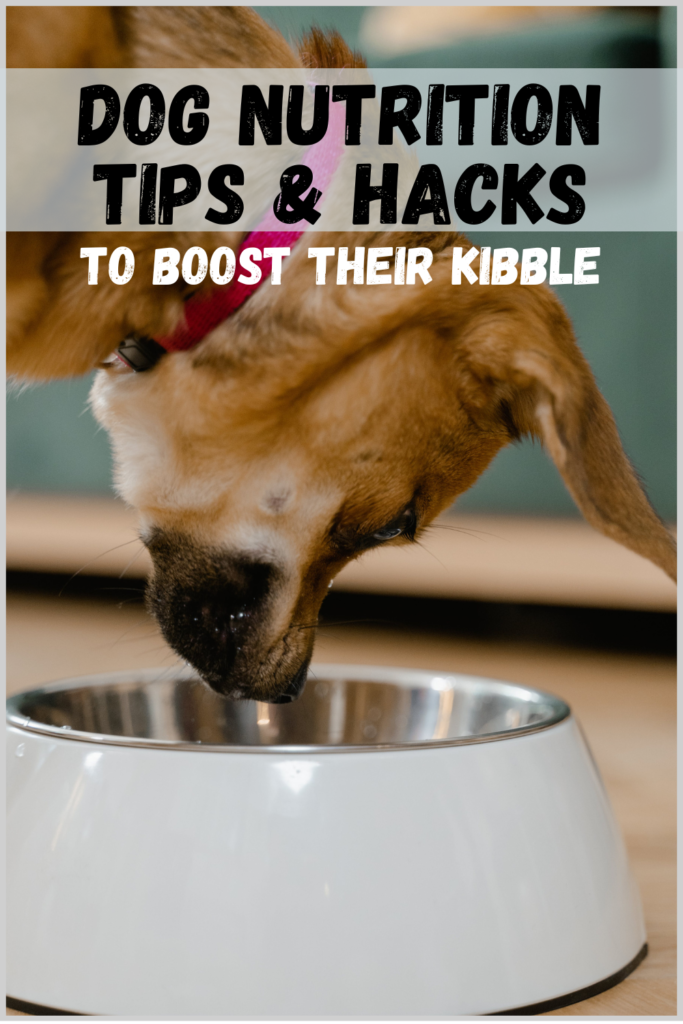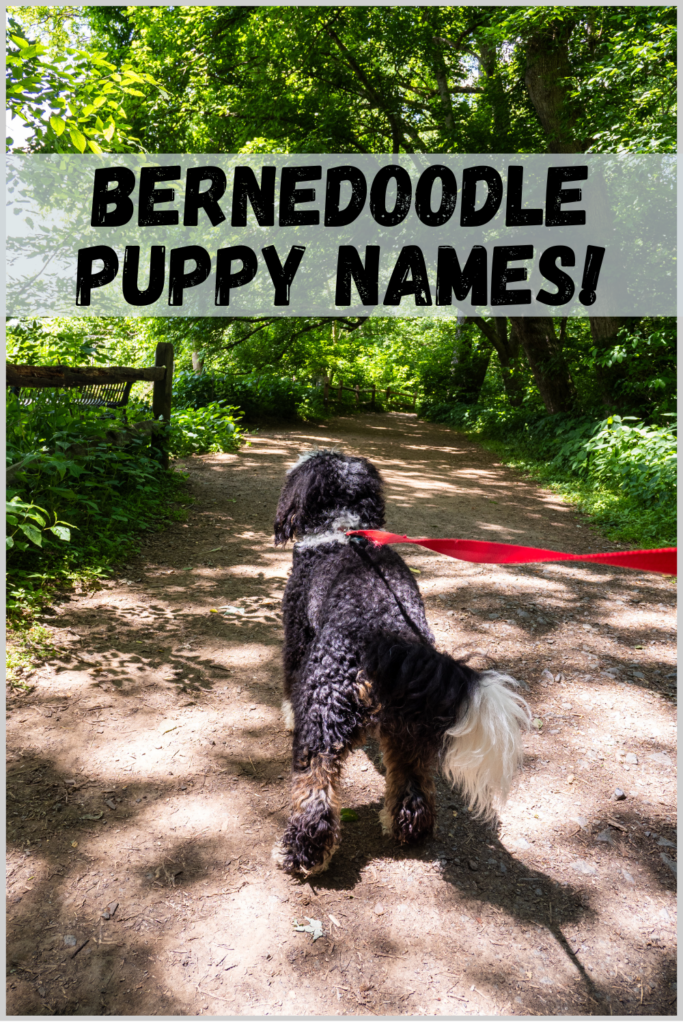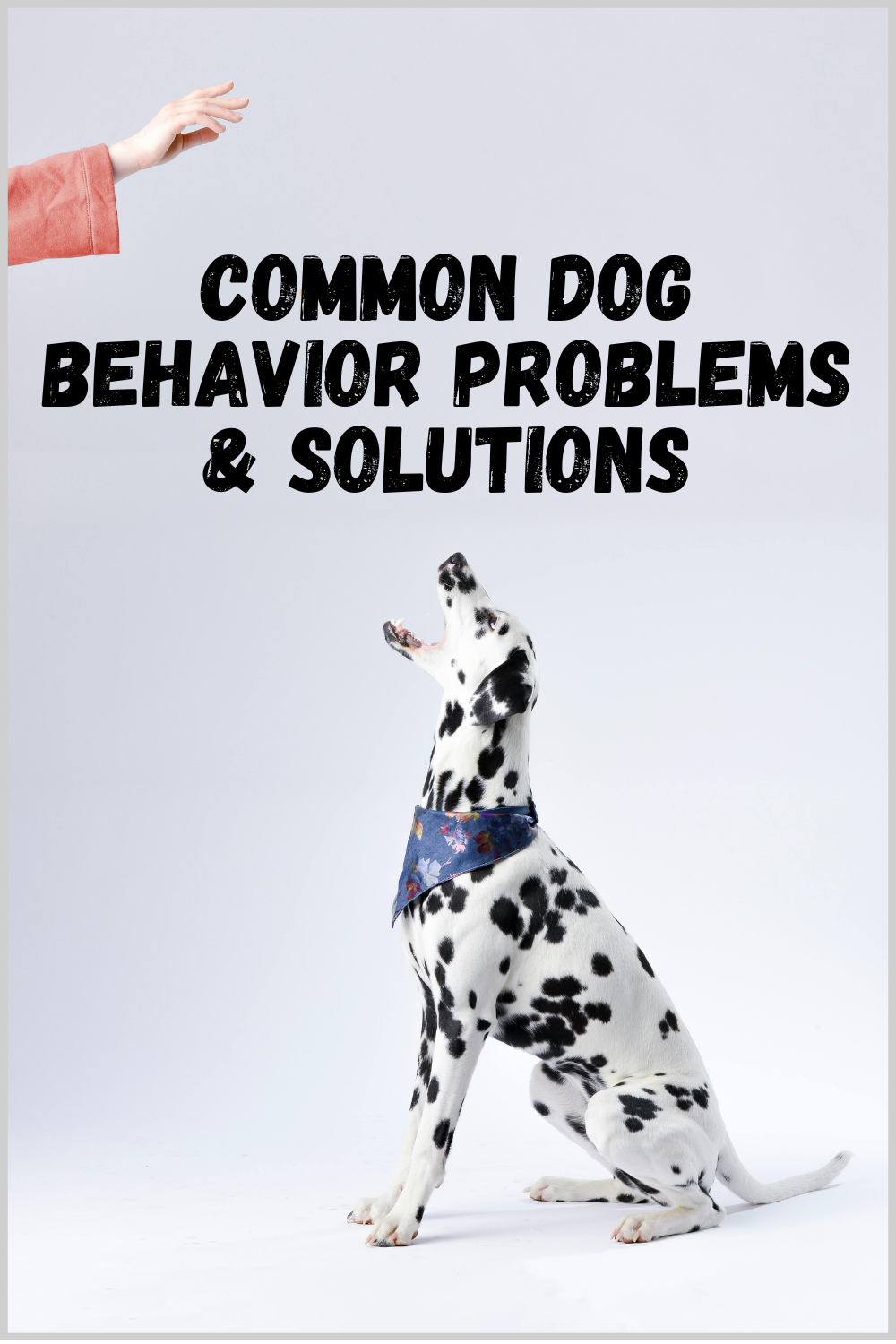
13 Common Dog Behavior Problems, Solutions, & Tips
Worried about the common dog behavior problems manifesting in your new pup? If so, this article is for you! Though this list is not exhaustive and behavior problems are subjective, we’ll aim to pinpoint some of the most common ones with tips and solutions. I know your dog pulling on their leash or jumping on you can get quite frustrating, so let’s learn how to reduce the behavior.
As always, we strive to bring you up-to-date, research-based information on dog health and wellness to give your best friend the long life they deserve.
Table of Contents
- Aggression
- Barking
- Separation Anxiety
- Excessive Chewing/Pica
- Food Guarding
- Begging
- Pulling On Leash
- Chasing
- Digging
- Jumping Up
- Mounting
- Inappropriate Elimination
This post is about the 13 common dog behavior problems and solutions, and why dogs might behave the way that they do.

What is considered a behavioral problem?
As a stricter dog mama than my partner, it’s hard not to pinpoint every little ‘bad’ behavior they have. But after all, they aren’t humans. They are biologically and physiologically different from us, and this will manifest in both good and bad behaviors. Therefore, I want to make it clear that any behavior can become a behavioral issue based on your own preferences. A family with no children will never have to worry about food guarding. A family with children most definitely will. It’s completely subjective.
The next 15 behavioral issues we’ll discuss are common ones that tend to arise and can become an issue, that needs to be corrected.
First and Foremost
First and foremost, dogs cannot talk. As much as I wish they did, they cannot…yet? Therefore, behaviors are how they communicate. It’s often said in research studies that a dog’s behavior depends directly on the animal’s health conditions. Any sudden changes in behavior can be a sign of pain. A common underlying cause that no amount of training can fix. Always consult with your veterinarian if you see any sudden changes in their behavior, to rule out any underlying health conditions.
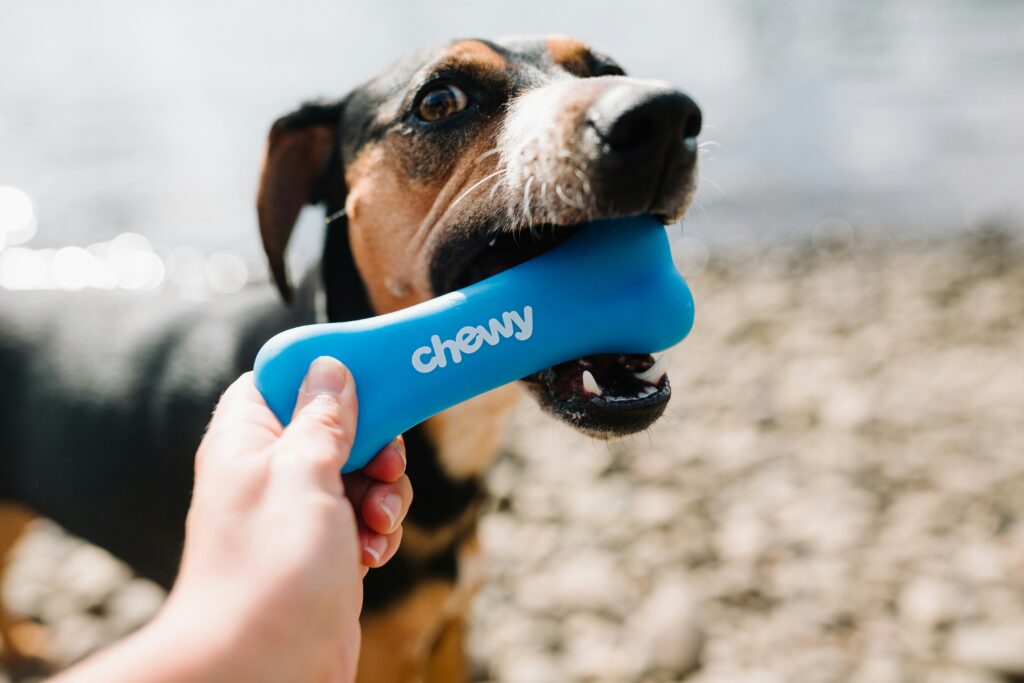
15 Common Dog Behavior Problems & Solutions
Here are the 15 most common behavioral issues and solutions, in no particular order!
The goal is never to stop a behavior entirely. If my dog never barked and an intruder did come in, how would that go?! The behaviors can be reduced if they become an issue, but the goal should never be to rid of the behavior entirely.
Aggression
Aggression in dogs can show up as hard stares, growling, barking, lunging, snarling, snapping, or biting. There are tons of reasons for dogs to show signs of aggression, including fear or territorial reasons. You must determine where the aggression comes from to treat the behavior correctly. However, you will never rid the aggressive behaviors altogether. You can minimize the biting, snarling, or lunging by treating the underlying cause, but know that this is how they communicate and should not be completely rid of.
If, for example, your dog is showing aggression towards a foreign object like a vacuum. You can work to slowly expose them to the object by putting treats around it and letting them explore by themselves. Slow exposure is key here with fear-related aggression.
Dealing with aggression can be an extremely challenging, confusing and frustrating time. Always consult with your veterinarian or a professional dog trainer for a proper game plan. It takes a lot of patience and effort from start to finish. You will learn to live with each others lifestyle needs, and you and your dog will become close like never before.
Barking
Barking is another common behavior that can be a problem if it becomes excessive. Although, barking is one of the only ways they communicate, but it becomes an issue if they just won’t stop.
In times when barking is inappropriate, the best thing you can do is teach them the “bark” and “quiet” commands. You are turning a bad habit into commands that can be used when needed and stopped when not needed. You can start by associating the word “bark” whenever they start barking and “quiet” when they stop. Teaching opposing commends together is a great way to teach commands quickly! Here are the BEST dog training treats that your dog will do ANYTHING for!
Separation Anxiety
This is a common one among many dog breeds who are extremely loyal to their owners. Separation anxiety is when they become anxious when separated from you, and will often bark, whine, chew, along with other destructive behaviors.
The top recommendation is to crate-train them. It’s not a death chamber for them… I promise. Once trained, their crate can be a safe haven for them in a big world when you’re not there. It also creates a great opportunity to train for when you’re in other rooms. I will never say that crate training is an easy, smooth sailing process, but it will be worth it. Stick it through!
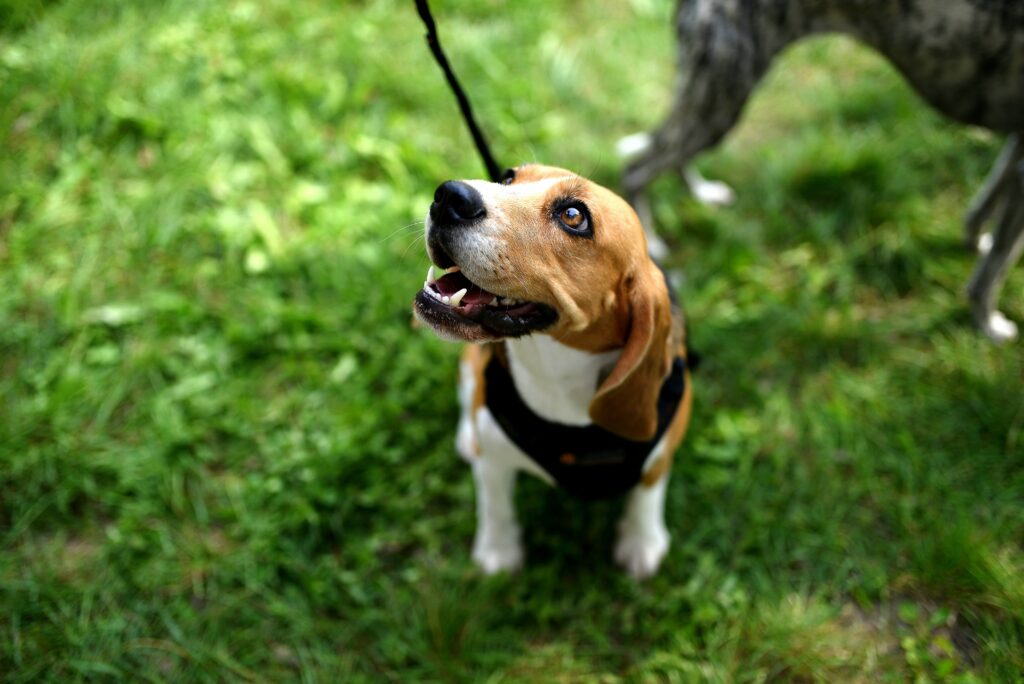
Excessive Chewing/Pica
Chewing is an issue if on things their not supposed to, like shoes, furniture, sticks… It becomes an even bigger problem when they start swallowing foreign objects. This idea is known as Pica and can develop from many underlying causes like stress, boredom, and/or malnutrition.
The solution is to limit items that they shouldn’t be swallowing within their reach. As well as giving them enough mental and physical stimulation every day, giving them a balanced meal, and stress reduction activities. Chewing is a natural tendency for dogs, so make sure to give them the opportunity to chew everyday on something they can chew on. This could involve lick mats, chews, walks, and any other physical exercise to help relieve the boredom or stress, that is causing them to excessively chew.
Food Guarding
Food guarding is when they show signs of aggression while eating, as a defense mechanism against people stealing their food. This can become an issue when they start growling, snarling, snapping or trying to bite when you come near. This will take a lot of patience and time, but the first solution is to give them the isolated space for them to eat, with no distraction. If that isn’t possible, work on keeping them in a non-anxious position as you get closer. This article goes into a well written, detailed guide for how to go about creating a non-anxious environment for them. Over time, they will begin to show less aggression and anxiety.
Begging
Begging is something that does not happen right away. It is usually unintentionally trained every time you or your family eat, and food is given to your pup. Every time food is given, it reinforces their idea that if they sit there and beg, they’ll get food.
Though some people never really care about this, if this is an issue for your family, work on getting your pup away from the table while you guys are eating. Work on the “place” command and the “stay” command, until the end of dinner time. This might take some practice for them to even stay in their spot for periods of time, but it will pay off in the long run. You will also want to inform everyone who eats at the dinner table to not give your dog food, when possible.
Pulling on Leash
This one always seems to be one of the most common dog behavior problems for dog parents. This one takes a lot of training and practice to reduce the behavior. The first step is following a schedule. Start with short walks where you stop every time they pull and continue when there is no tension. This can be a tedious process when first starting out, so do short training walks. It can become counterintuitive to then go on a long walk where they pull the entire time. It will take some time, but it will be worth it to stop this behavior as much as possible.
Chasing
Whether your dog has a high prey drive or just likes to play with others, chasing can become an issue without proper off-leash training. They could potentially run towards a not-so-friendly dog or somewhere they shouldn’t be. The solution to is to keep them on a leash until they have a solid recall. Out of all training, recall training should be practiced often and with a good success rate. The more you say their recall word, without them actually coming, the more they get the idea that they can ignore you. Once their recall is on point, you can then let them off leash knowing that even if they have the urge to chase, they will come back when called.
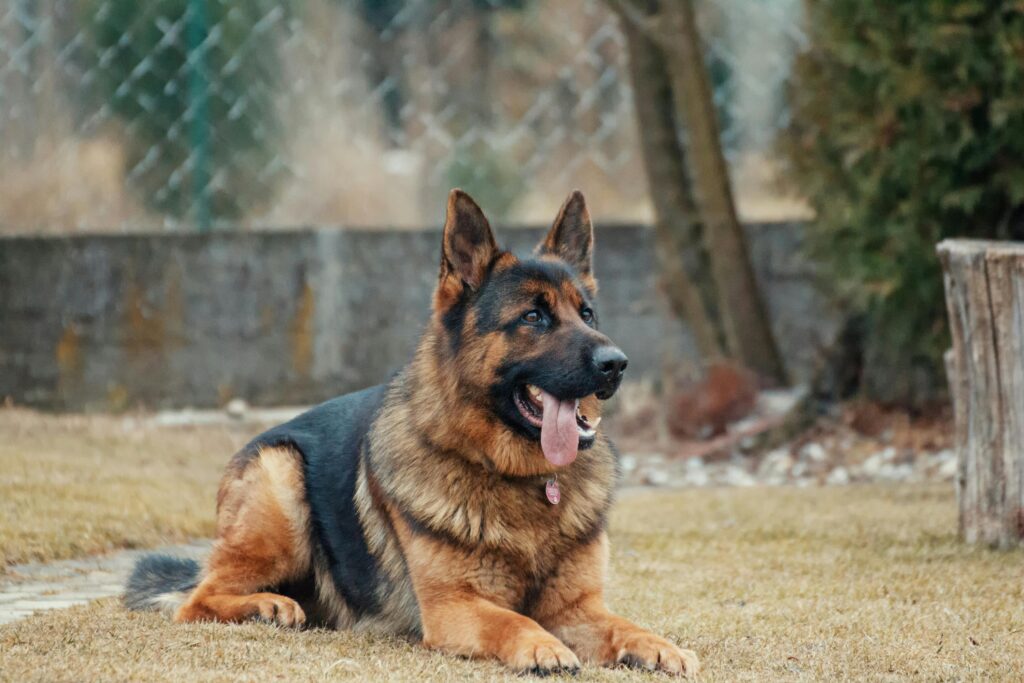
Digging
Digging is a natural tendency for dogs, but can be stopped with some active watch and training. Oftentimes, digging can be due to boredom or even resource guarding, when they try to keep their toys away. If you are not giving your dog enough mental and physical stimulation, they will dig. It really comes down to keeping them busy doing anything else except digging. Moving them away from the digging spot, interrupting them while they are actively digging, and keeping a careful eye is key.
Jumping Up
Jumping is common because of their level of sight. They will jump when excited and want to get to your level. They might even jump up just to see what is there. Though this one takes some discipline and coordination with everyone in the family, this behavior can be reduced. You will need everyone on board. Your furry friend will not learn if they are allowed to jump on some people and not on others. They need to learn that they do not get any attention for jumping, so only showing attention when they’ve sat down is a good way. Eventually, they will catch on and stop jumping up!
Another option is to teach the command “Up” and “Off”, which again turns a bad behavior into a controllable situation. Lastly, another option is to get down to their level. Oftentimes, they are just wanting attention, keeping them on all fours by giving them attention at a lower level will teach them that jumping up does nothing.
Mounting
Mounting is a natural tendency, especially for males. Though it can be uncomfortable for us to watch, it is not really an issue at all. It only becomes an issue if you have other dogs or when other female dogs are present. Mounting is usually due to biological factors, overstimulation or anxiety, and the best option is to redirect their attention, in whatever way possible. A loud clap or calling their name might work to redirect and interrupt the behavior. If they are not mounting on anyone or another dog, there is no harm in leaving them be.
Inappropriate Elimination
There are multiple reasons for why your pup might be eliminating when not supposed to. This is common among older dogs, which is not something that can really be corrected.
However, if your pup is peeing because they are excited, there are ways to reduce this behavior. Make sure to play in outdoor areas when possible. Reward them with praise or treats when they pee in the right places. Clean any accidents with an enzymatic cleaner to make sure your dog will not want to pee there again. Lastly, do not reprimand them if they do pee in the house. This does not make them stop, and will make them not want to do it in front of you.
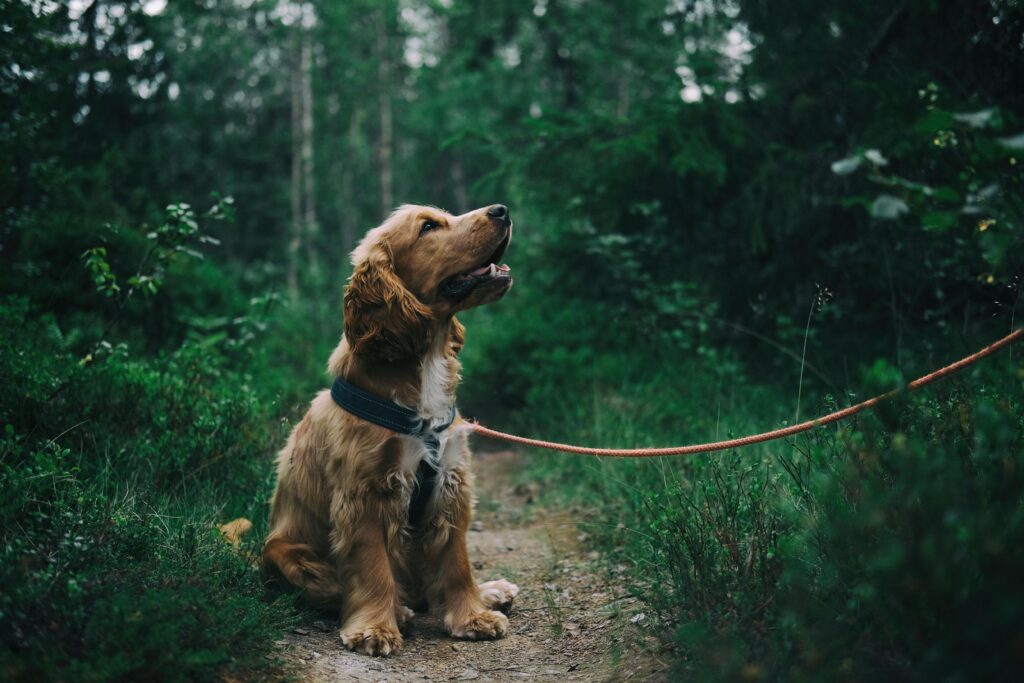
Prevention Is Key
Prevention is key! It is easier to teach your pup the right thing the first time around than to correct their bad behavior the second time around. Though way easier said than done… all we can do is try our best!
An important topic to be discussed is that breed and age are found to be the most common factors of behavioral problems. Not to say certain breeds are bad or that you shouldn’t adopt a certain breed, but you must know what you are getting into. You will need to put in time and effort with any dog that you care for. Do your research before adding a furry friend into your life, for you and your dog’s sake.
Conclusion
I can’t stress this enough but common dog behavior problems are only problems if you believe it is one. You might say some of these behaviors are not problems at all, but for some other families, it might be. Remember, dogs are not robots, every family is different, and as a dog owner, we have the responsibility of making sure your pup is happy, healthy, and living cohesively with everyone in your life.
Make sure to give your pup an extra hug today, because I have yet to find anyone who will give you the loyalty, respect and unconditional love a dog does. <3

